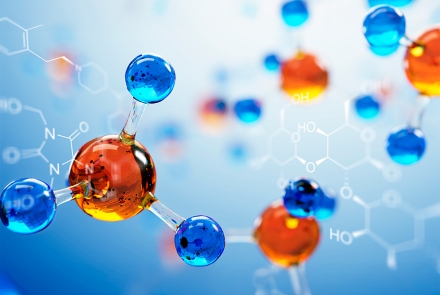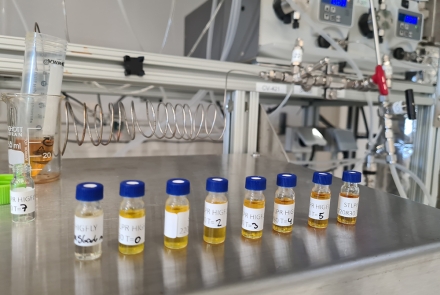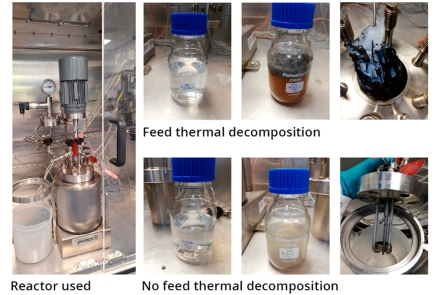HIGFLY Feedstock Selection
Is Miscanthus one solution to the energy crop indirect land-use change debate?
HIGFLY researchers are aiming to make their technologies flexible enough to efficiently process a variety of feedstocks to mitigate any potential supply chain issues and ensure that the technologies remain relevant in the face of changing agricultural, biological residue and biorefinery landscapes.
In addition to the feedstock needing to have a sufficiently high ratio of C5 to C6 sugars to be a technically viable option for biorefinery pre-treatment and conversion into jet fuel precursors, it must also pass sustainability, environmental and social impact criteria related to EU legislation such as the Renewable Energy Directive and CORSIA. An ongoing debate related to the impact of biofuels is indirect land-use change (ILUC), which addresses the potential negative environmental and social impacts of converting forested areas or land previously used for growing food into bioenergy cropland. It is argued that ILUC may negate the greenhouse gas emmissions savings from the use of biofuels by reducing the land´s ability to store carbon and, in addition, facilitate food insecurity and price increases. With the aforementioned issues in mind, the HIGFLY researchers are considering Miscanthus (Elephant Grass) as a viable feedstock option. Miscanthus not only has a high lignocellulose content, making it suitable for the HIGFLY process and the extraction of C5 and C6 sugars, but it also has low nutritional requirements, high CO2 absorption and sequestration rates and can be grown in relatively cold climates on marginal land which has low productivity or has been abandoned or contaminated.
Aberystwyth University and the Grace Project lead by the University of Hohenheim are investigating the breeding and use of Miscanthus as an energy crop grown on marginal land, with Aberystwyth University´s Miscanthus breeding programme aiming to double the net energy yield by 2030 via the use of appropriate germplasm, precision breeding and novel agronomic methods. And the Grace Project will create value chains to assess the sustainability, environmental and social dimensions of the processes, from planting and harvest to the final bio-based product.
The potential social, environmental and economic benefits of these value chains are numerous, ranging from reducing risk to food security and creation of jobs in rural areas, to improvements in soil quality and lower land leases and production costs. If the Grace Project and its partners can demonstrate the viability of Miscanthus as a feedstock for bio-based products, then it could become an important part of the EU´s energy plan moving forward, and help shift the narrative surrounding energy crops away from issues of sustainability and environmental impact, towards more scientific and technical based questions relating to how projects like HIGFLY can develop technologies, materials and processes to maximise their value.







